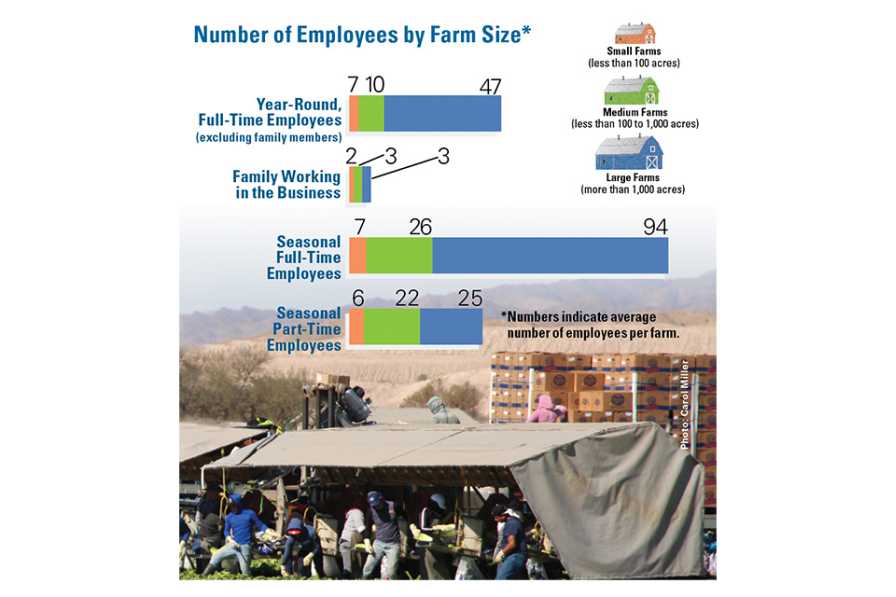Vegetable Farmworkers Are Essential Irrespective of Farm Size
The replies probably weren’t what Prince Charles expected when he suggested that furloughed workers and students should volunteer to #PickForBritain to harvest the country’s fresh produce since migrant laborers were not going to be allowed into the country.
According to several news reports, he posted a video on Twitter asking “people to take on the ‘unglamorous’ task of picking fruit and vegetables to help farmers.” Trying to invoke a patriotic spirit to promote the UK government’s Pick For Britain campaign, he compared would-be pickers to the Land Army of World War II, when “women and girls volunteered or were conscripted into undertaking agricultural work after many men left the country to fight.”
Within only a couple of days, new reporting suggested British citizens weren’t so thrilled with a prince suggesting others to take on manual labor.
Likely, if migrant workers were not allowed into the U.S. and the president proposed unemployed Americans head to our produce farms, he would have provoked the same reaction.
There is no doubt that the COVID-19 pandemic has exposed the critical role of farm labor in getting fresh produce from farm to table.
Just as the U.S. was beginning to shut down to try to rule in the outbreak of the disease, growers from across the country were returning the American Vegetable Grower’s State of the Vegetable Industry 2020 survey. Their responses support the significance of the agricultural labor force for vegetable production.
The answers to “Which Type of Staff Is the Most Common?” on your farm revealed that ‘field workers’ is the most prevalent type of hire on medium (100 to 1000 acres) and large (>1000 acres) farms, and comes in a high second on small farms, where only ‘family does all management’ was most common.
It’s also revealing, though not unexpected, that as farm size increases, there are more highly specialized personnel on the payroll. This is especially obvious looking at the largest farm size category, where the numbers of those types of employees jump significantly over all other categories.
Taking all that into account, those unemployed citizens looking for specialized work for which they might be trained/experienced will be disappointed if they are romanticizing about working on a small farm. It is obvious from 2020 State of the Industry Survey results that they’ll likely only find those ‘unglamorous’ field labor positions available on all but our largest farms.
Most Common Staff
The type of staff indicated in the 2020 responses followed the same ranking as in 2019 in all categories except one — on large farms, mechanics and accountants switched their #2 and #4 positions from the year prior.
Overall, numbers for large farms were down from 2019. Those lower numbers stem primarily from farms that are between 1,000 acres and 2,500 acres. The largest farms (those with more than 2,500 acres) reported similar levels to the previous year, with the 1,000- to 2,500-acre farms down significantly.
Small Farms (less than 100 acres)
- Family 79%
- Field workers 34%
- Farm manager 12%
- Sales 11%
- Mechanic 10%
Medium Farms
- Field workers 66%
- Family 59%
- Accounting 35.37%
- Farm manger 32%
- Mechanic 30%
Large Farms (more than 1,000 acres)
- Field workers 78%
- (tie) Farm manager 62%
Accounting 62% - Mechanic 54%
- Food safety 52%
Thank you to our sponsors!













